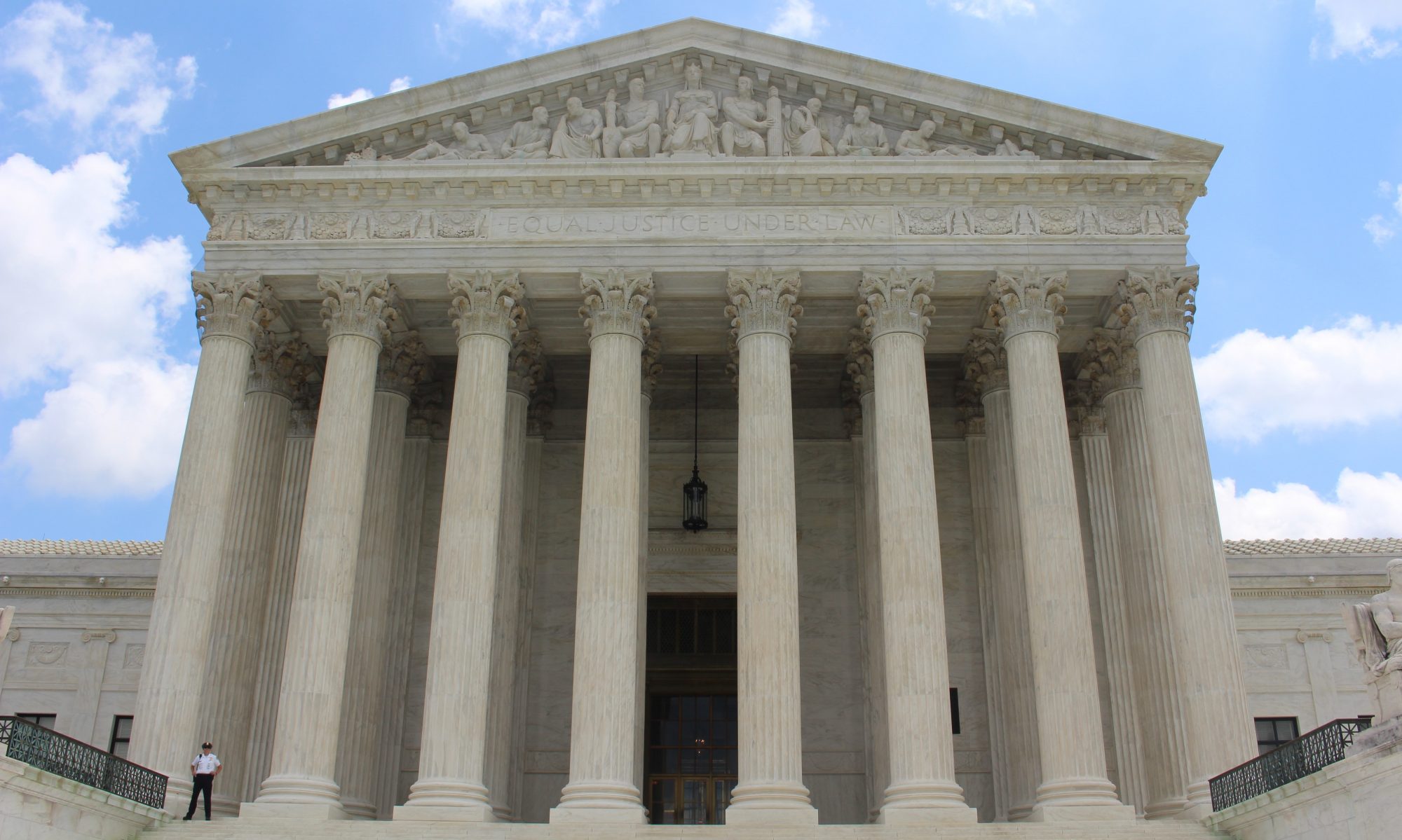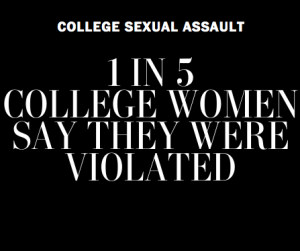“From April 2015 through June 2016, the Select Task Force held a series of meetings – some were open to the public for observation, some were closed working sessions, and others were a combination of both. In the course of a year, the Select Task Force received testimony from more than 30 witnesses, and received numerous public comments. The activities of the Select Task Force on the Study of Harassment in the Workplace are set out in detail in Appendix A.
The first part of this report considers what we know (and do not know) about workplace harassment. The second part turns to potential solutions for responding to, and preventing, workplace harassment. Several selections of the report include recommendations based on the information presented in that section. The recommendations are offered to EEOC, employers and employer associations, employees and employee associations, other government agencies, academic researchers, and foundations.”


